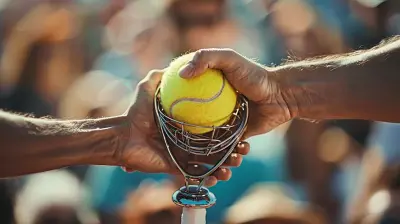Essential Hiking Gear for Your Next Outdoor Adventure
7 October 2025
Hiking is one of the best ways to reconnect with nature, challenge yourself physically, and recharge your mind. Whether you're embarking on a short day hike or a multi-day trek, having the right gear can make the difference between a memorable adventure and a miserable experience.
So, what do you really need for a successful hike? Let’s break down the essential hiking gear that'll keep you safe, comfortable, and ready for whatever nature throws your way. 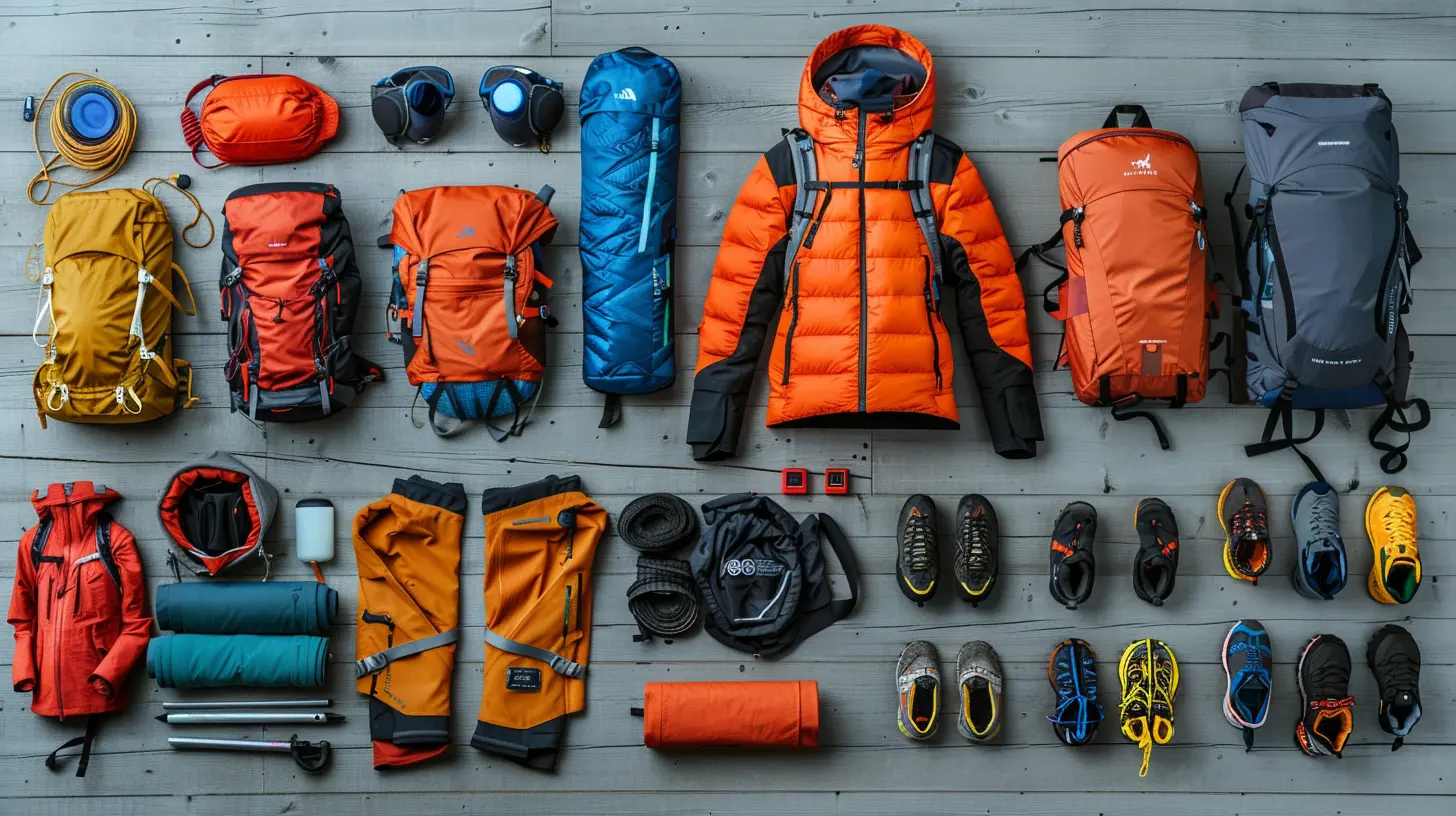
1. Footwear: The Foundation of a Great Hike
The wrong shoes can turn a dream hike into a painful nightmare. Proper hiking boots or shoes provide support, traction, and protection from the elements.- Hiking Boots vs. Hiking Shoes: Boots offer ankle support and durability, ideal for rough terrains. Shoes, on the other hand, are lightweight and excellent for well-maintained trails.
- Trail Runners: A popular choice for ultra-light hikers who want speed and agility over ankle support.
- Fit is Everything: Always try on hiking footwear with the socks you plan to wear. Break them in before your trip to avoid blisters! 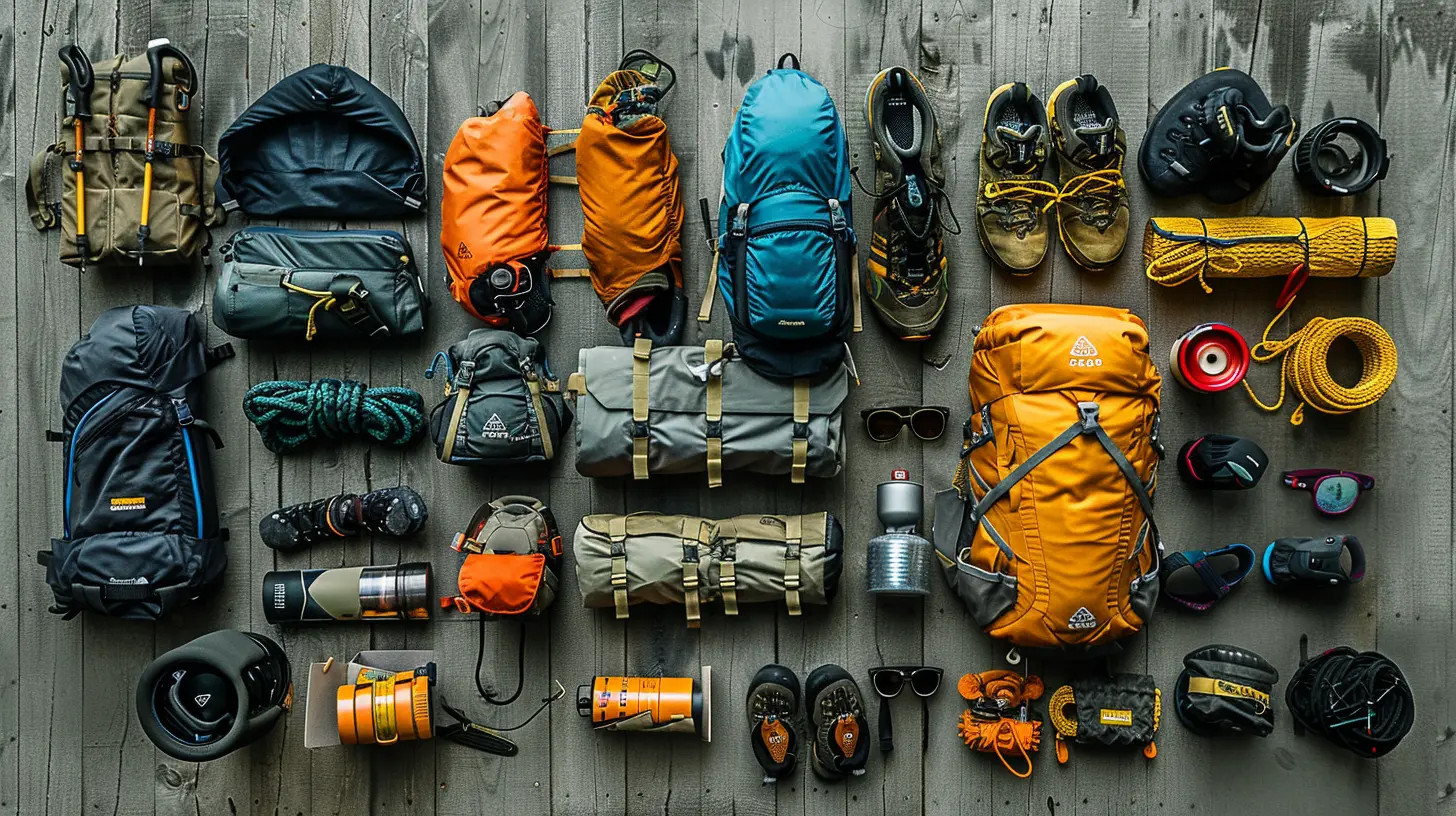
2. Clothing: Dress for the Conditions
Hiking clothing should be all about comfort, protection, and adaptability. Dressing in layers ensures you're ready for fluctuating weather conditions.Layering System for Hikers
- Base Layer: Moisture-wicking fabric (avoid cotton—it traps moisture).- Mid Layer: Insulating fleece or lightweight down jacket to keep you warm.
- Outer Layer: A waterproof and windproof shell to block the elements.
Don't forget:
✔ Hiking pants (breathable, durable, and preferably water-resistant)
✔ Sun hat or beanie (depending on the season)
✔ Gloves (for chilly mornings or high-altitude hikes) 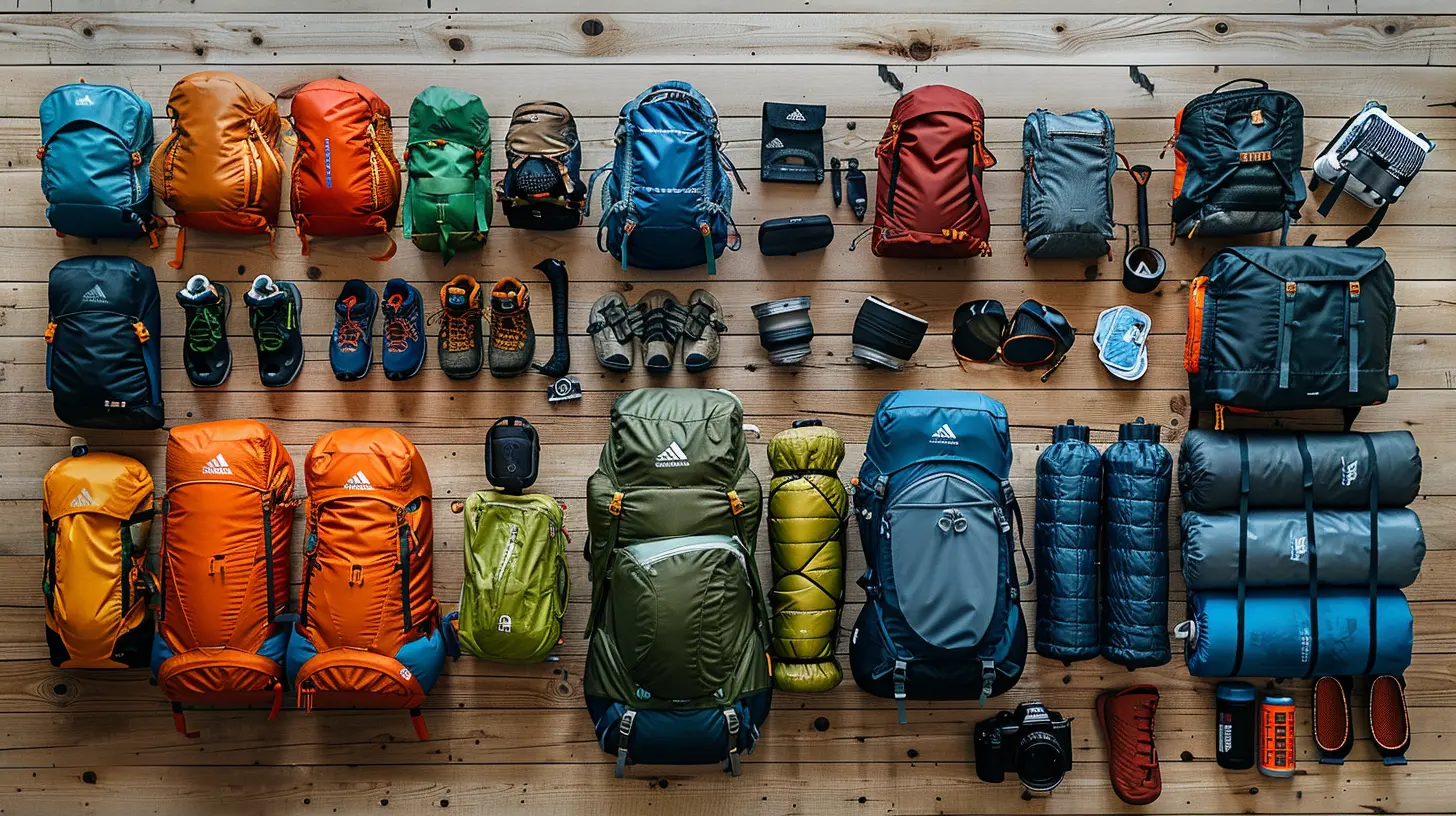
3. Backpack: Carry Your Essentials Comfortably
A well-fitted backpack distributes weight evenly and reduces strain on your back. Choose one based on the length of your hike:- Daypack (10-30L): Perfect for short hikes where you only need the basics.
- Overnight Pack (40-70L): Designed for multi-day treks, carrying sleeping gear, food, and extra clothing.
Look for:
✔ Adjustable straps for comfort
✔ Padded hip belt (relieves strain from your shoulders)
✔ Multiple compartments for organization 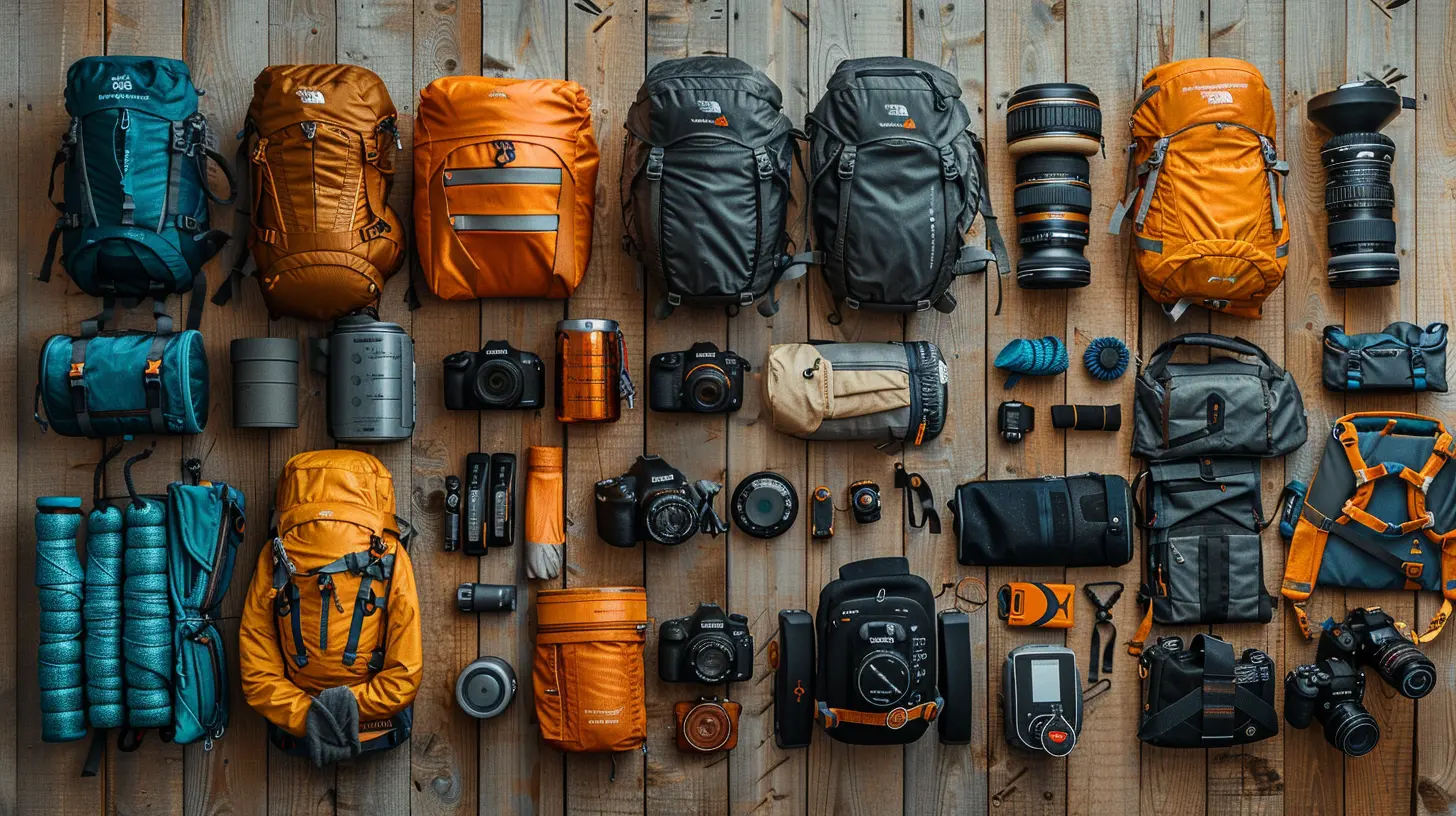
4. Hydration: Stay Fueled, Stay Safe
Dehydration sneaks up on you, and once it hits, it's hard to recover. Carrying enough water is non-negotiable.- Water Bottles: A simple, lightweight choice, but you may need multiple bottles for long hikes.
- Hydration Bladder: Convenient for hands-free sipping, ideal for longer treks.
- Water Filtration: If you're hiking through areas with natural water sources, filters or purification tablets are a must.
Pro tip: Drink water consistently rather than chugging it all at once to avoid dehydration.
5. Navigation Tools: Because Getting Lost Isn't Fun
Even if you're on a well-marked trail, a navigation system can be a lifesaver.- Paper Map & Compass: The old-school (but reliable) way to navigate.
- GPS Device: Great for real-time location tracking, but always have a backup in case the battery dies.
- Hiking Apps: Apps like AllTrails and Gaia GPS can be helpful, but don’t rely solely on your phone.
Always familiarize yourself with the route before you start hiking.
6. First Aid Kit: Be Prepared for the Unexpected
A small injury can escalate quickly if you're unprepared. A well-stocked first aid kit is a hiking essential.What to include:
✔ Bandages, gauze, and antiseptic wipes
✔ Blister treatment (moleskin is a lifesaver!)
✔ Tweezers (for splinters or ticks)
✔ Pain relievers and antihistamines
✔ Emergency medications (if you have allergies or medical conditions)
This small kit could mean the difference between discomfort and disaster.
7. Nutrition: Fuel for the Trail
Hiking burns a ton of calories, so bringing nutritious snacks and meals is crucial.Smart choices for hiking fuel:
- Energy bars and protein bars
- Trail mix with nuts, dried fruit, and chocolate
- Peanut butter sandwiches
- Dehydrated meals (for longer treks)
- Electrolyte tablets (to replenish lost minerals)
Pro tip: Pack lightweight, high-calorie foods to minimize bulk while maximizing energy.
8. Protection from the Elements
Mother Nature is unpredictable, so it's best to be prepared for anything.Sun Protection
- Sunscreen: Even on cloudy days, UV rays can cause burns.- Sunglasses: Protect your eyes from harsh sunlight and glare.
- Wide-brimmed hat: Shields your face and neck from the sun.
Rain & Cold Weather Protection
- Lightweight rain jacket: Essential for unexpected showers.- Gaiters: Keep water, dirt, and snow out of your boots.
- Emergency space blanket: Ultra-light, yet effective in retaining body heat if temperatures drop.
9. Multi-Tool & Repair Kit
A small problem, like a broken boot lace or a loose backpack strap, can turn into a major inconvenience. Having a multi-tool and basic repair supplies can save the day.Must-Have Items:
✔ Swiss Army knife or multi-tool (with knife, scissors, and screwdriver)✔ Duct tape (fixes almost anything!)
✔ Extra shoelaces or paracord
✔ Safety pins
These tools don’t take up much space but can make a huge difference in emergencies.
10. Emergency Gear: Prepare for the Unexpected
The wilderness is unpredictable, and being prepared is key to staying safe.Essential Emergency Items:
✔ Headlamp or Flashlight (with extra batteries)✔ Whistle (three short blasts signal distress)
✔ Fire-starting kit (waterproof matches, lighter, or flint)
✔ Emergency shelter (bivvy sack or lightweight tarp)
Even if you're only going for a short hike, carrying emergency gear is a smart move.
Final Thoughts
Hiking is an incredible way to experience nature, relieve stress, and stay fit. But let’s be real—without the right gear, it can quickly become exhausting, uncomfortable, or even dangerous.By packing smart and choosing quality gear that fits your needs, you'll set yourself up for a safe and enjoyable outdoor adventure. So, grab your pack, lace up those boots, and hit the trail with confidence!
all images in this post were generated using AI tools
Category:
Sports EquipmentAuthor:

Preston Wilkins
Discussion
rate this article
1 comments
Avianna Barker
Great insights on essential hiking gear! A well-prepared hike ensures safety and enjoyment in the great outdoors. Happy trails!
October 20, 2025 at 12:06 PM
